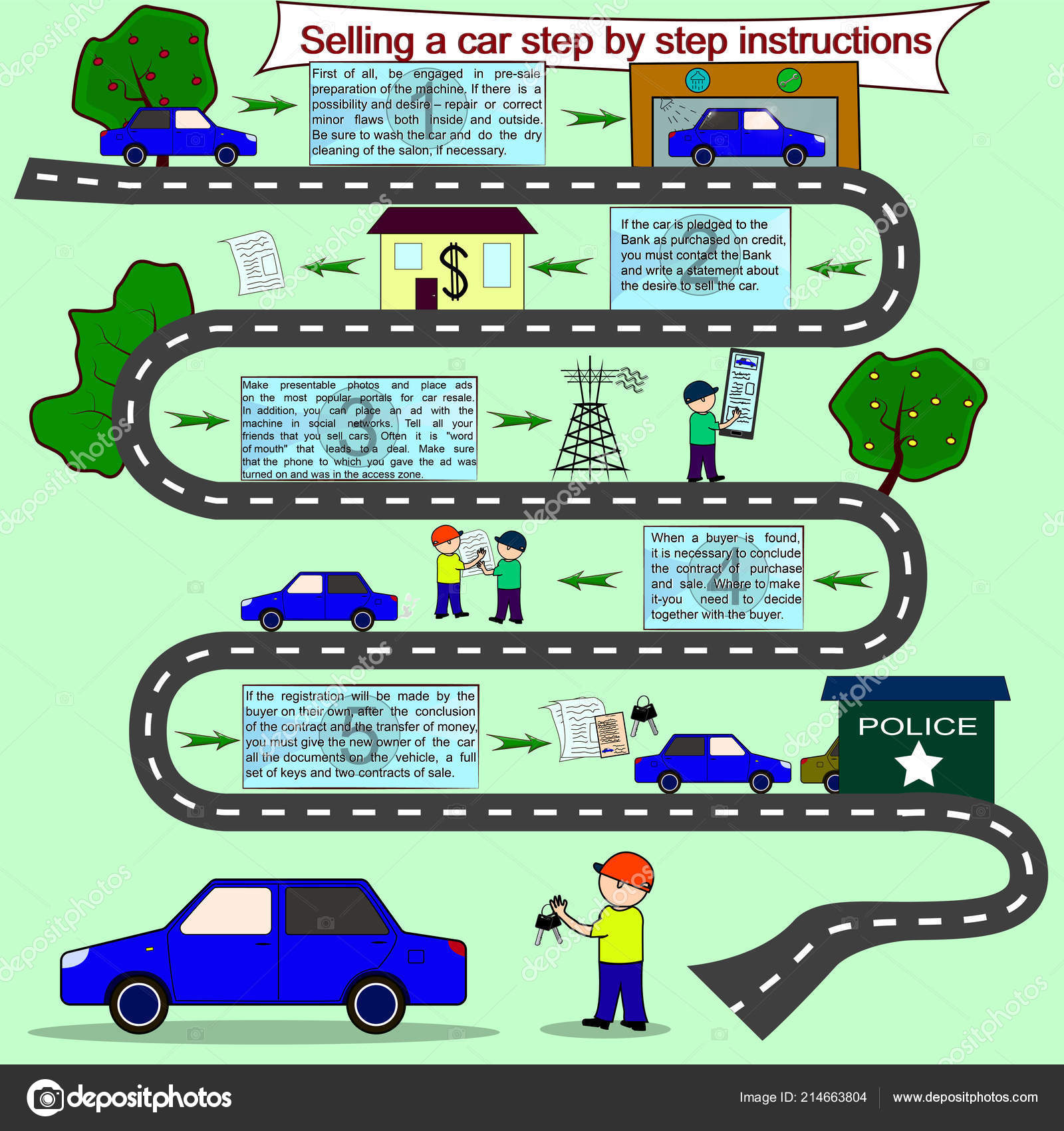Assessing Your Auto'S Caution Indicators: What They Actually Share
Assessing Your Auto'S Caution Indicators: What They Actually Share
Blog Article
Short Article Writer-Boye Torres
When you lag the wheel, those beautiful caution lights on your control panel can be a little bit difficult. Do you know what they're trying to tell you concerning your vehicle's health? Comprehending the relevance of these lights is crucial for your safety and security and the long life of your automobile. So, car exterior detail of those lights pops up, wouldn't you intend to understand its message properly and take the essential actions to resolve it?
Common Caution Lighting and Interpretations
Recognize common warning lights in your vehicle and recognize their definitions to make certain risk-free driving.
One of the most regular warning lights include the check engine light, which indicates issues with the engine or emissions system. If this light begins, it's vital to have your automobile examined immediately.
professional car cleaning auckland alerting light shows reduced oil pressure, requiring prompt focus to prevent engine damage.
A flashing battery light may suggest a damaged charging system, possibly leaving you stranded otherwise addressed.
The tire stress tracking system (TPMS) light signals you to reduced tire stress, impacting automobile stability and fuel efficiency. Overlooking this can cause hazardous driving conditions.
The ABS light indicates a problem with the anti-lock braking system, jeopardizing your ability to quit rapidly in emergency situations.
Last but not least, the coolant temperature cautioning light warns of engine getting too hot, which can lead to severe damage if not settled quickly.
Understanding these typical caution lights will certainly help you address issues without delay and keep risk-free driving problems.
Significance of Prompt Focus
Recognizing the common caution lights in your auto is just the initial step; the value of promptly resolving these warnings can't be stressed sufficient to ensure your security on the road.
When a warning light illuminates on your dashboard, it's your auto's way of connecting a possible problem that requires interest. Overlooking vehicle detailing can lead to extra extreme troubles later on, compromising your safety and security and potentially costing you extra out of commission.
Prompt attention to warning lights can prevent malfunctions and mishaps. As an example, a blinking check engine light could suggest a misfire that, if left ignored, could create damages to the catalytic converter. Resolving this promptly can save you from a pricey repair.
Similarly, a brake system alerting light could indicate reduced brake liquid or worn brake pads, vital elements for your safety when driving.
DIY Troubleshooting Tips
If you see a caution light on your control panel, there are a couple of do it yourself repairing suggestions you can try before looking for specialist help.
The first step is to consult your cars and truck's handbook to comprehend what the particular caution light indicates. Occasionally the concern can be as straightforward as a loose gas cap setting off the check engine light. Tightening up the gas cap may fix the problem.
One more typical issue is a low battery, which can cause different cautioning lights. Checking the battery connections for rust and ensuring they're secure might take care of the issue.
If a warning light continues, you can attempt resetting it by separating the vehicle's battery for a couple of mins and then reconnecting it. Furthermore, inspecting your vehicle's liquid degrees, such as oil, coolant, and brake liquid, can help troubleshoot cautioning lights related to these systems.
Conclusion
Finally, comprehending your automobile's warning lights is vital for keeping your vehicle running smoothly and safely. By without delay addressing these signals and recognizing what they imply, you can prevent costly repair services and possible breakdowns.
Bear in mind to consult your car's handbook for particular details on each alerting light and act appropriately to make sure a hassle-free driving experience.
Remain informed, stay safe when driving!
